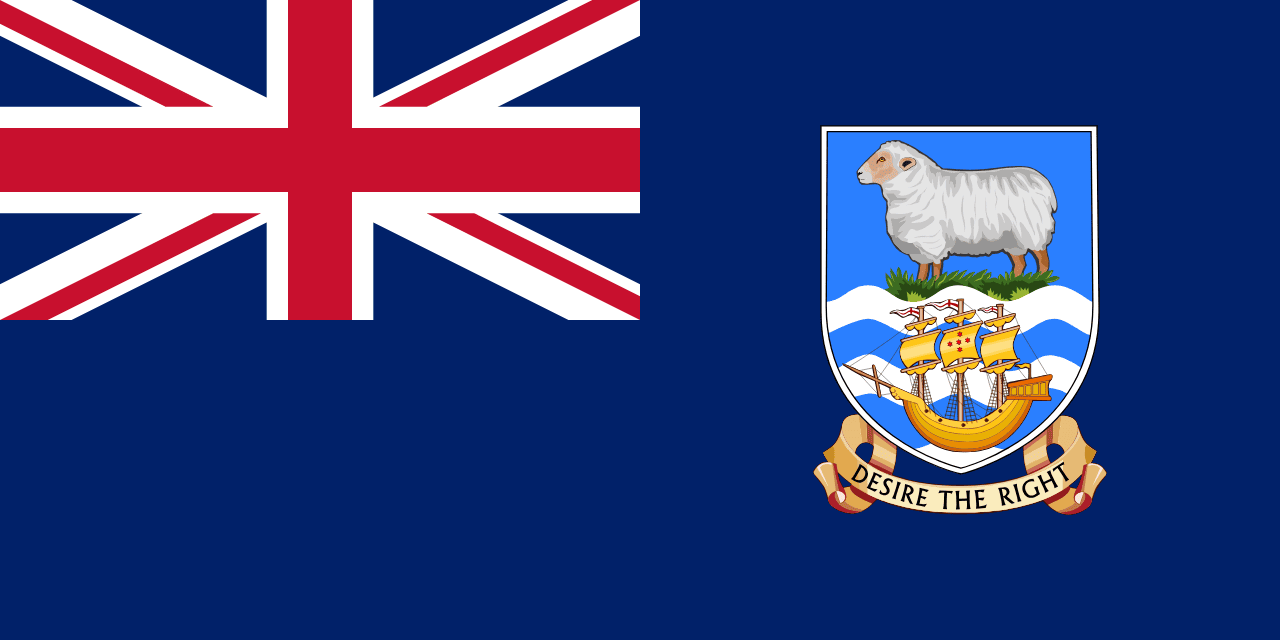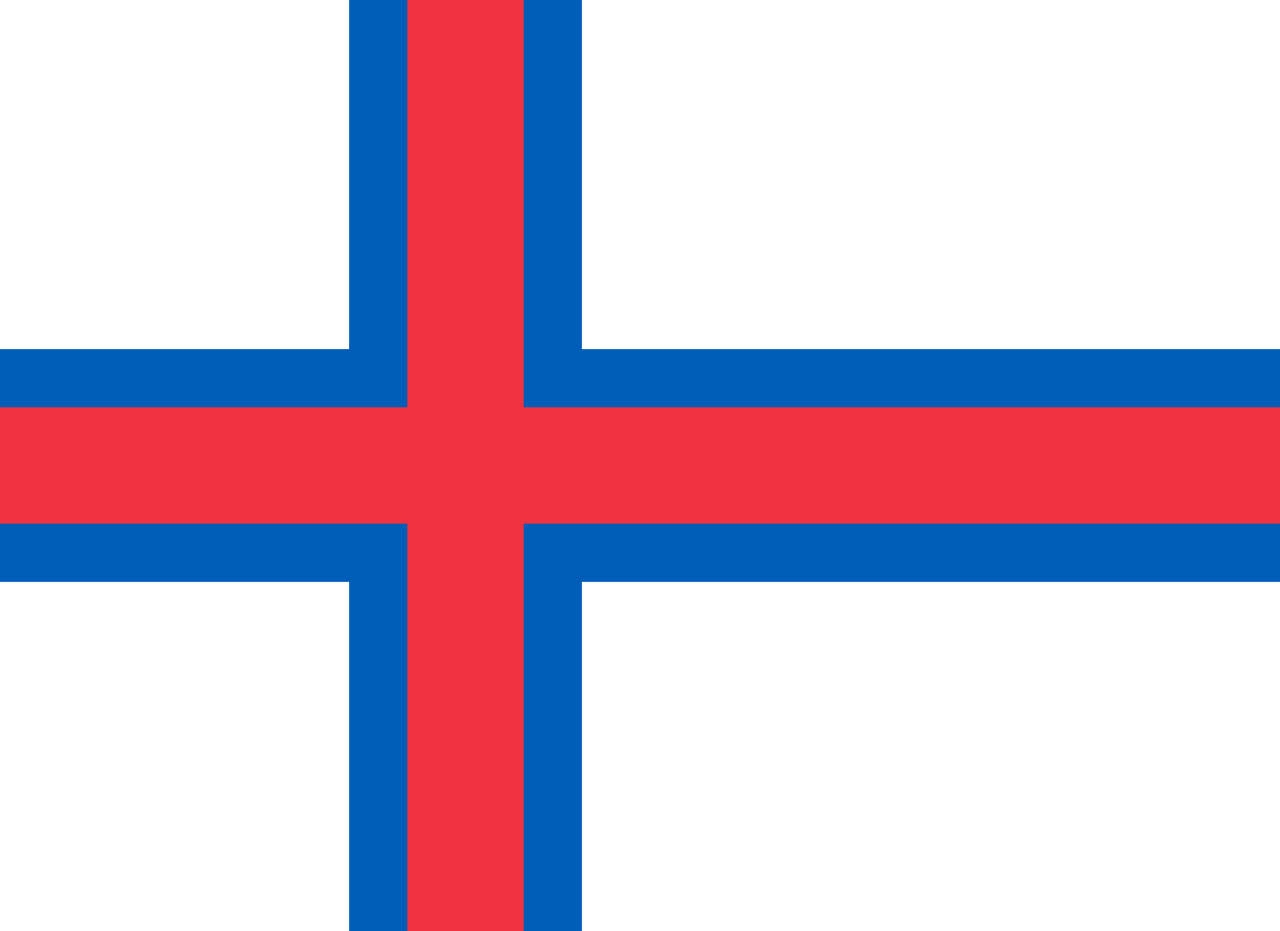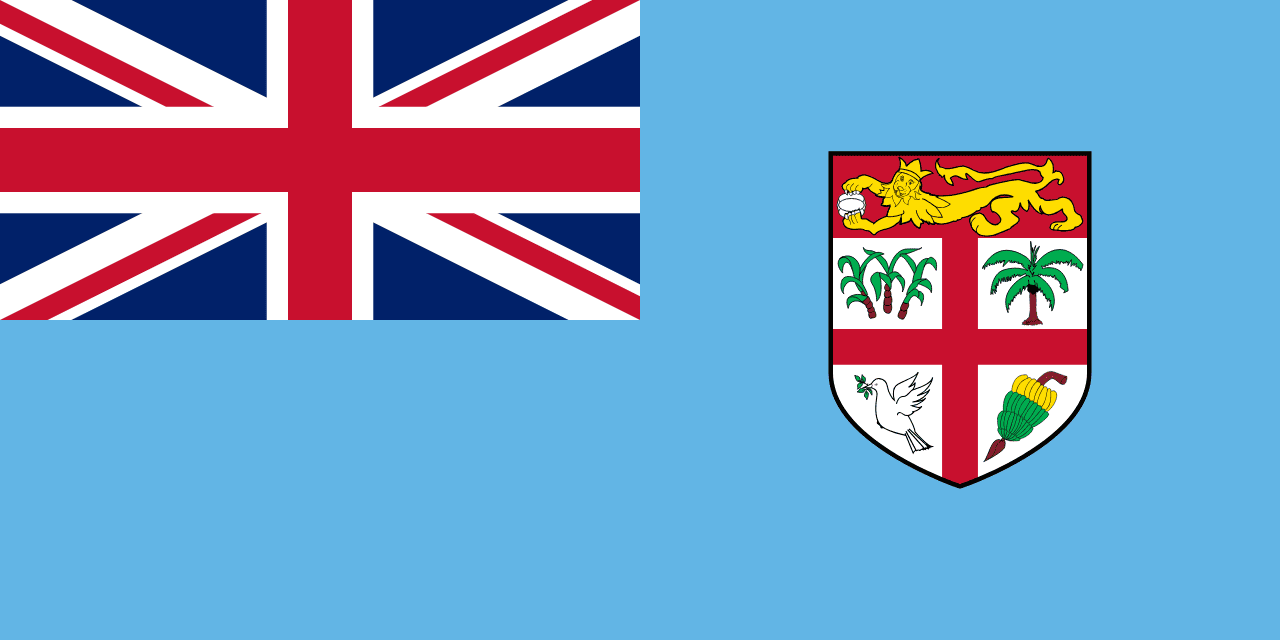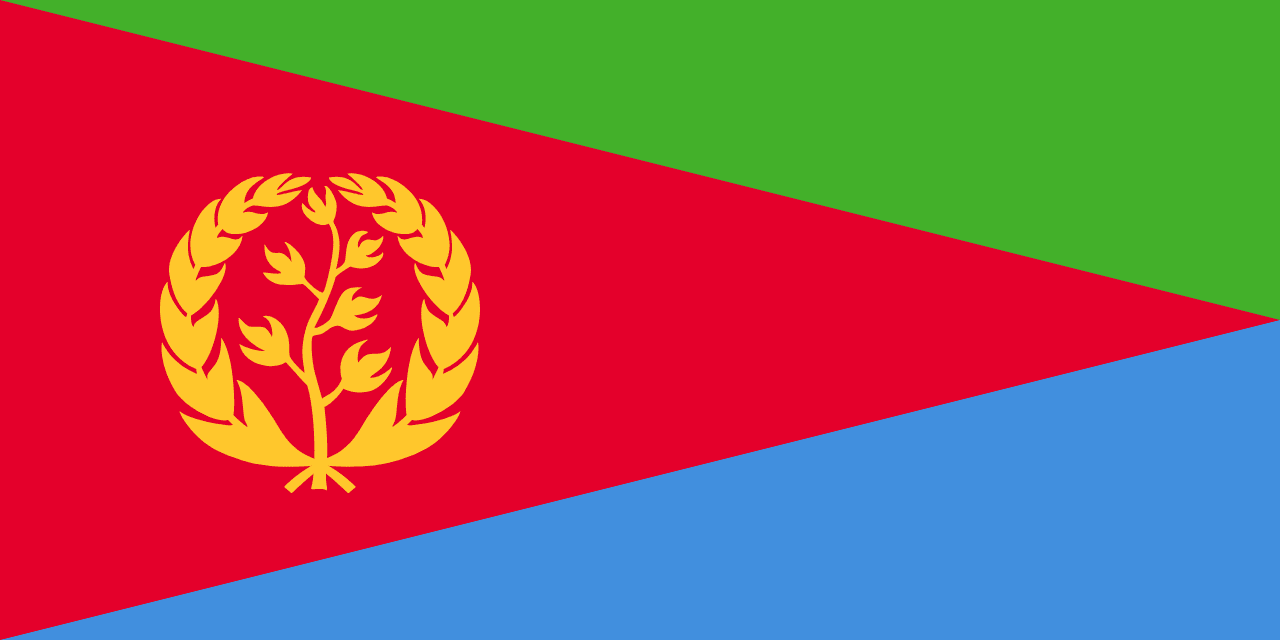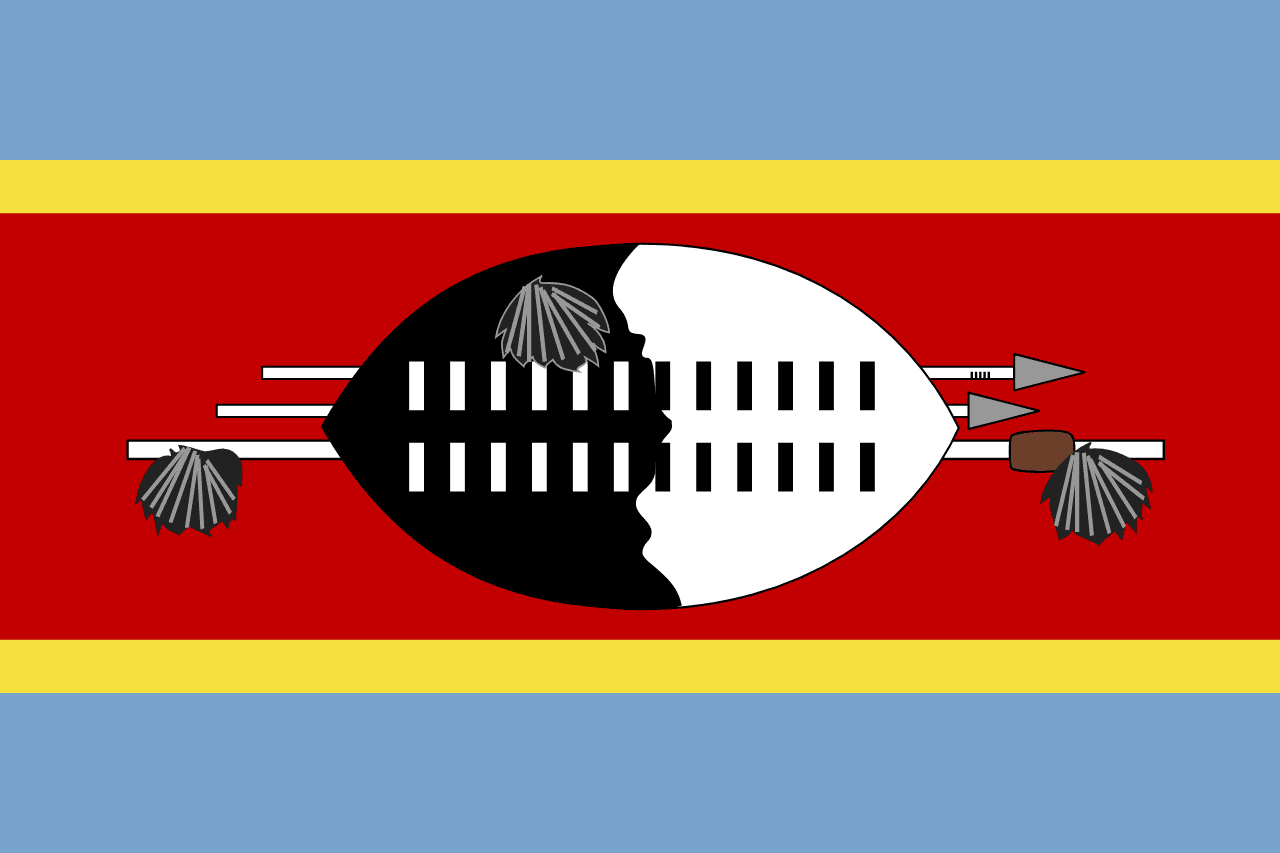The flag of Ethiopia consists of three equal horizontal stripes of green, yellow, and red, with a blue circular emblem featuring a yellow pentagram and rays at its center. This design encapsulates Ethiopia's rich history, cultural diversity, and aspirations for the future.
Ethiopia information
| National Flag Day | — |
| Sovereign state | Yes |
| Official name | Federal Democratic Republic of Ethiopia |
| Capital | Addis Ababa |
| Population | 115,056,187 |
| Area | 1,104,300 km² |
| Currency | Ethiopian birr (ETB) |
| Language | Amharic, Oromo, Tigrinya |
| Continent | Africa |
| Region | East Africa |
| Subregion | Horn of Africa |
| Borders | Djibouti, Eritrea, Kenya, Somalia, South Sudan, Sudan |
| Timezone | East Africa Time (EAT) UTC+3 |
| Calling code | +251 |
| Top-level domain | .et |
History of the Ethiopian flag
 The current version of the Ethiopian flag was adopted on February 6, 1996, following the fall of the Derg regime in 1991. However, the tricolor design has been a symbol of Ethiopian identity for much longer. The original green-yellow-red tricolor was introduced in 1897 under Emperor Menelik II, making it one of the oldest independently adopted flags in Africa. The addition of the blue circular emblem with the yellow star came after the 1974 revolution, symbolizing Ethiopia's new direction and unity.
The current version of the Ethiopian flag was adopted on February 6, 1996, following the fall of the Derg regime in 1991. However, the tricolor design has been a symbol of Ethiopian identity for much longer. The original green-yellow-red tricolor was introduced in 1897 under Emperor Menelik II, making it one of the oldest independently adopted flags in Africa. The addition of the blue circular emblem with the yellow star came after the 1974 revolution, symbolizing Ethiopia's new direction and unity.
Symbolism and design of the Ethiopian flag
Each element of the Ethiopian flag carries profound meaning. The green stripe at the top represents the fertility of the land, hope, and the lush vegetation of Ethiopia. It also symbolizes the country's commitment to environmental sustainability. The yellow stripe in the middle signifies religious freedom, peace, and harmony among Ethiopia's diverse ethnic and religious groups. The red stripe at the bottom represents the sacrifice of those who died defending Ethiopian sovereignty and the blood shed for independence.
The blue circular emblem at the center symbolizes peace and the unity of the Ethiopian people. Within this emblem, the yellow pentagram and rays represent the equality of all Ethiopians, regardless of race, religion, or gender. The star's five points symbolize the unity of Ethiopia's nations, nationalities, and peoples, as well as the country's bright future.
Usage and significance of the Ethiopian flag
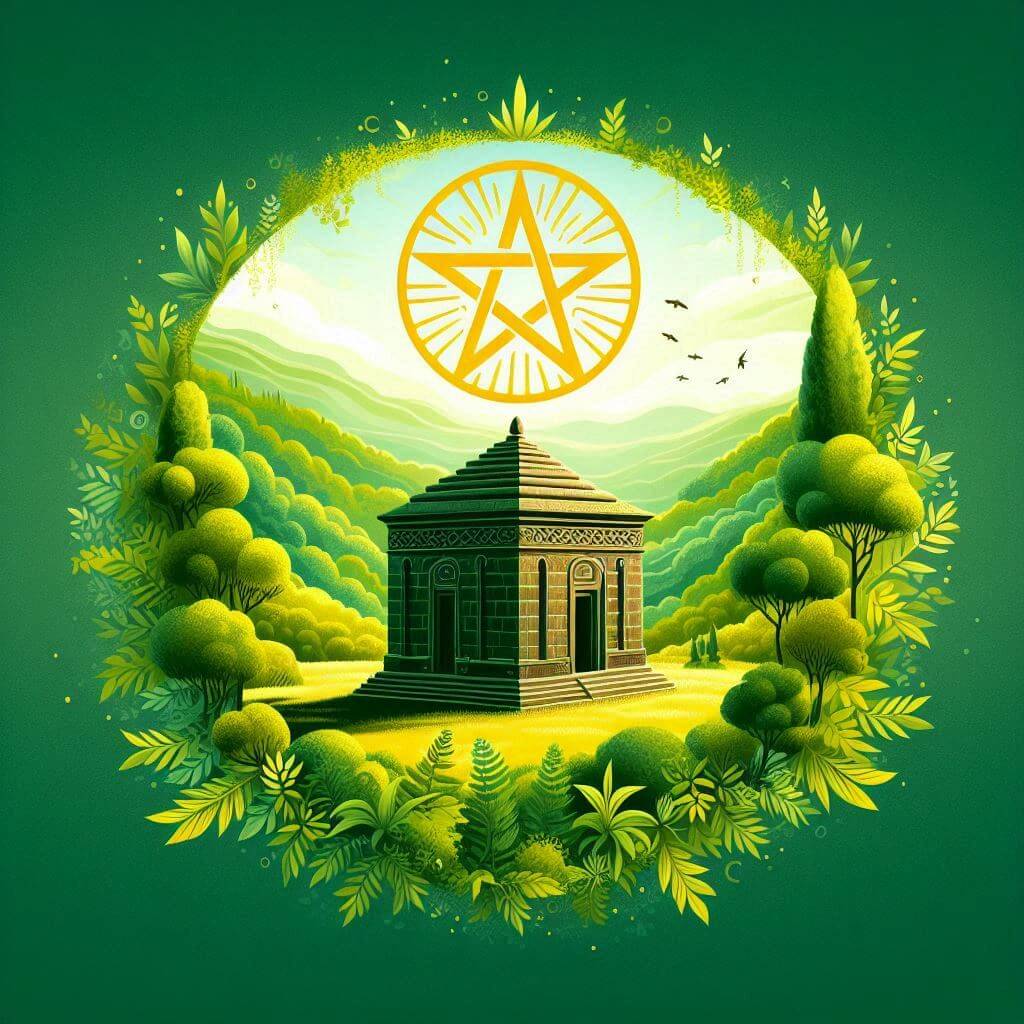 The Ethiopian flag is a powerful symbol of national identity and pride. It is prominently displayed during national holidays, such as Adwa Victory Day (March 1) and Ethiopian New Year (September 11), as well as at government buildings, schools, and public spaces. The flag represents Ethiopia's long history of independence, being one of only two African countries to resist European colonization successfully. In international contexts, it symbolizes Ethiopia's role as a founding member of the United Nations and the Organization of African Unity (now the African Union).
The Ethiopian flag is a powerful symbol of national identity and pride. It is prominently displayed during national holidays, such as Adwa Victory Day (March 1) and Ethiopian New Year (September 11), as well as at government buildings, schools, and public spaces. The flag represents Ethiopia's long history of independence, being one of only two African countries to resist European colonization successfully. In international contexts, it symbolizes Ethiopia's role as a founding member of the United Nations and the Organization of African Unity (now the African Union).
Interesting facts about the Ethiopian flag
- The colors green, yellow, and red are often referred to as the Pan-African colors, inspired by the Ethiopian flag. Many other African nations adopted these colors in their flags after gaining independence, symbolizing African unity and liberation.
- Ethiopia's flag is unique among African flags for its long history and continuous use, with the tricolor design dating back to the late 19th century.
- The current flag design has undergone several modifications throughout Ethiopia's history, reflecting changes in political ideology and national aspirations. The most significant changes occurred after the 1974 revolution and again in 1996.
- Ethiopia's resistance to colonization and its victory over Italy at the Battle of Adwa in 1896 made its flag a symbol of African independence and pride long before the decolonization movement of the 20th century.
- The Ethiopian flag is sometimes referred to as the "Queen of Sheba's flag," connecting it to the legendary ancient Ethiopian empire and emphasizing the country's rich cultural heritage.
